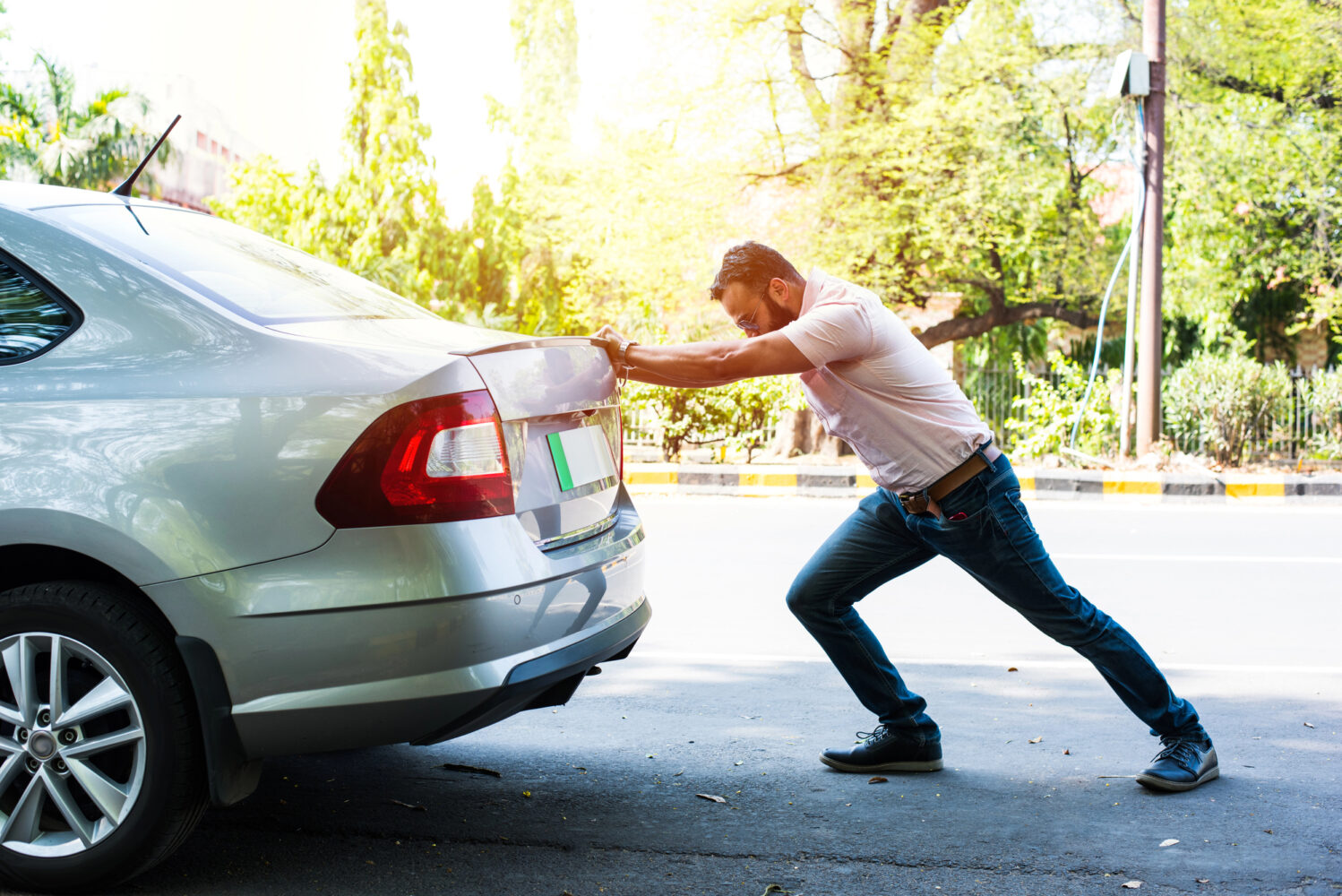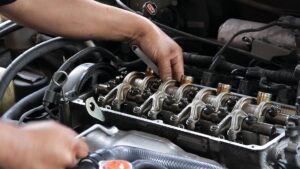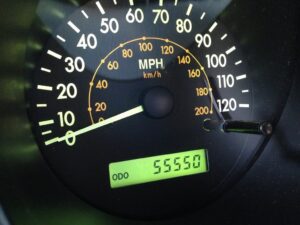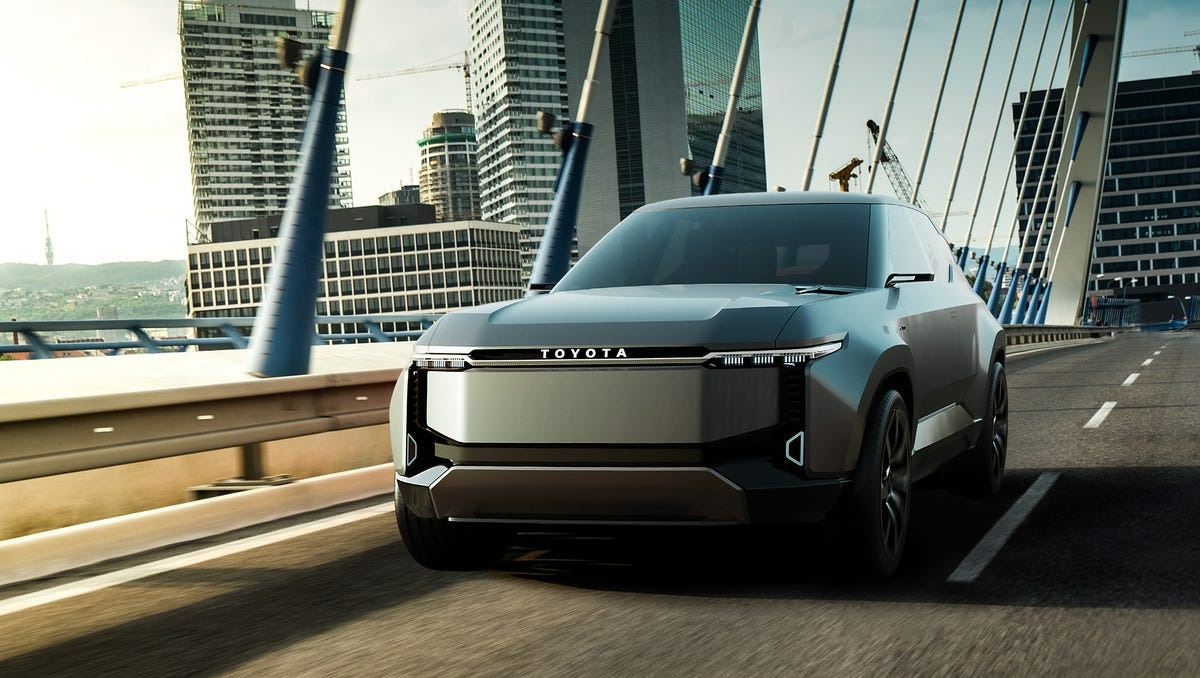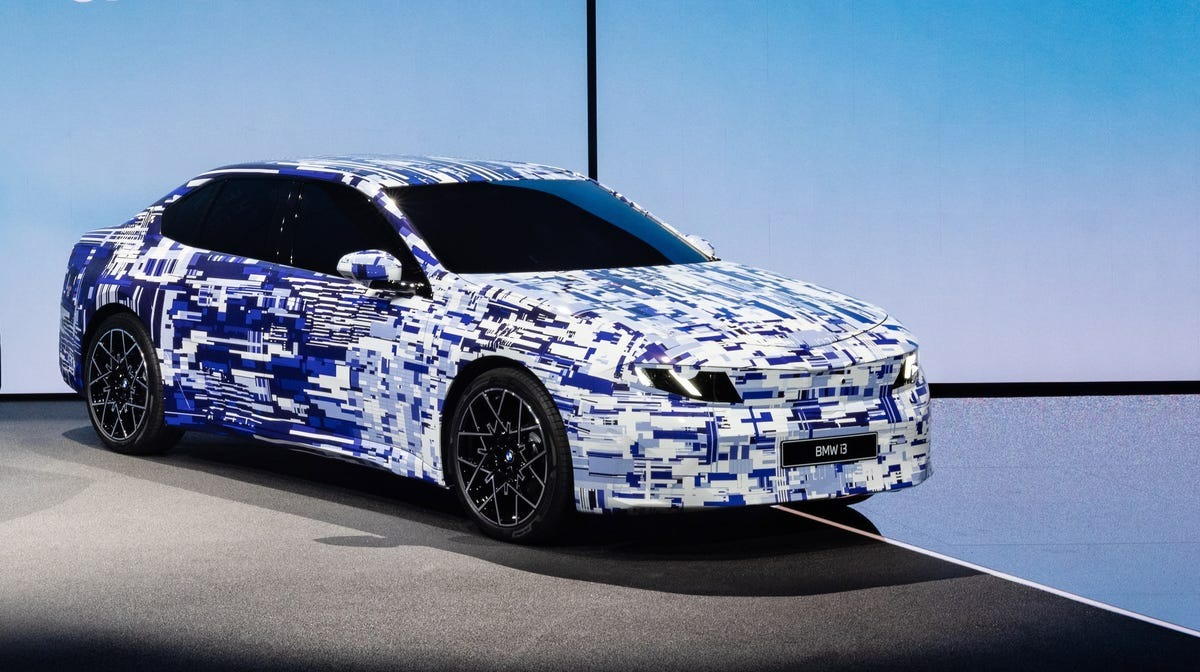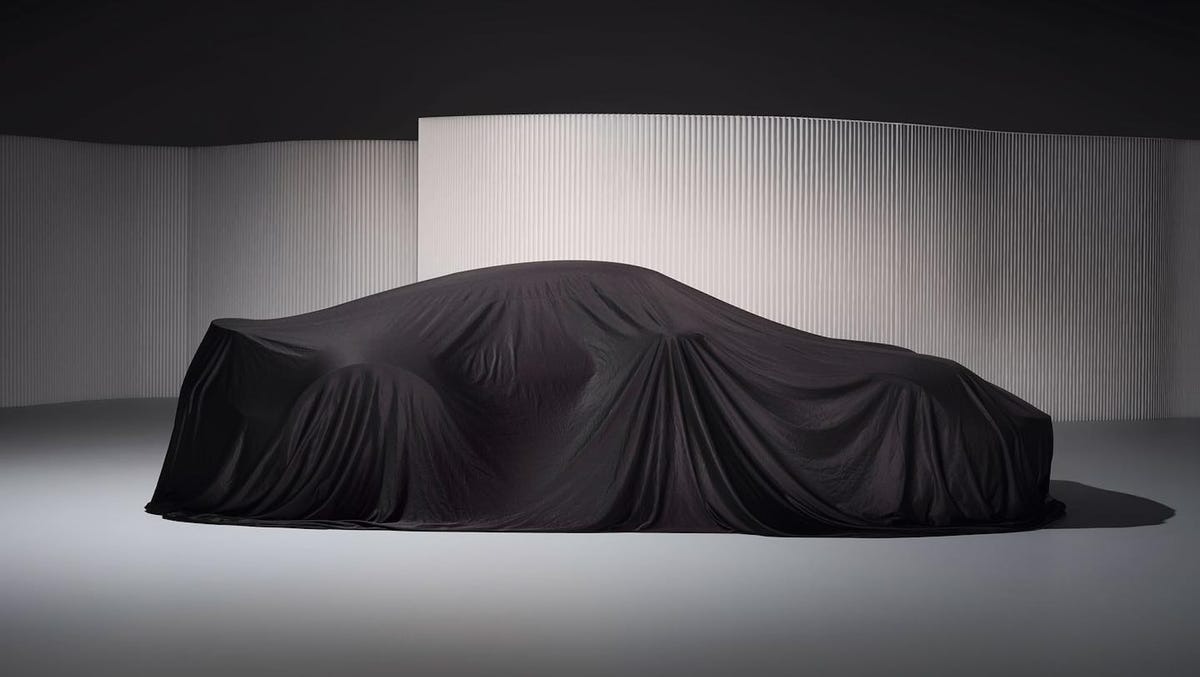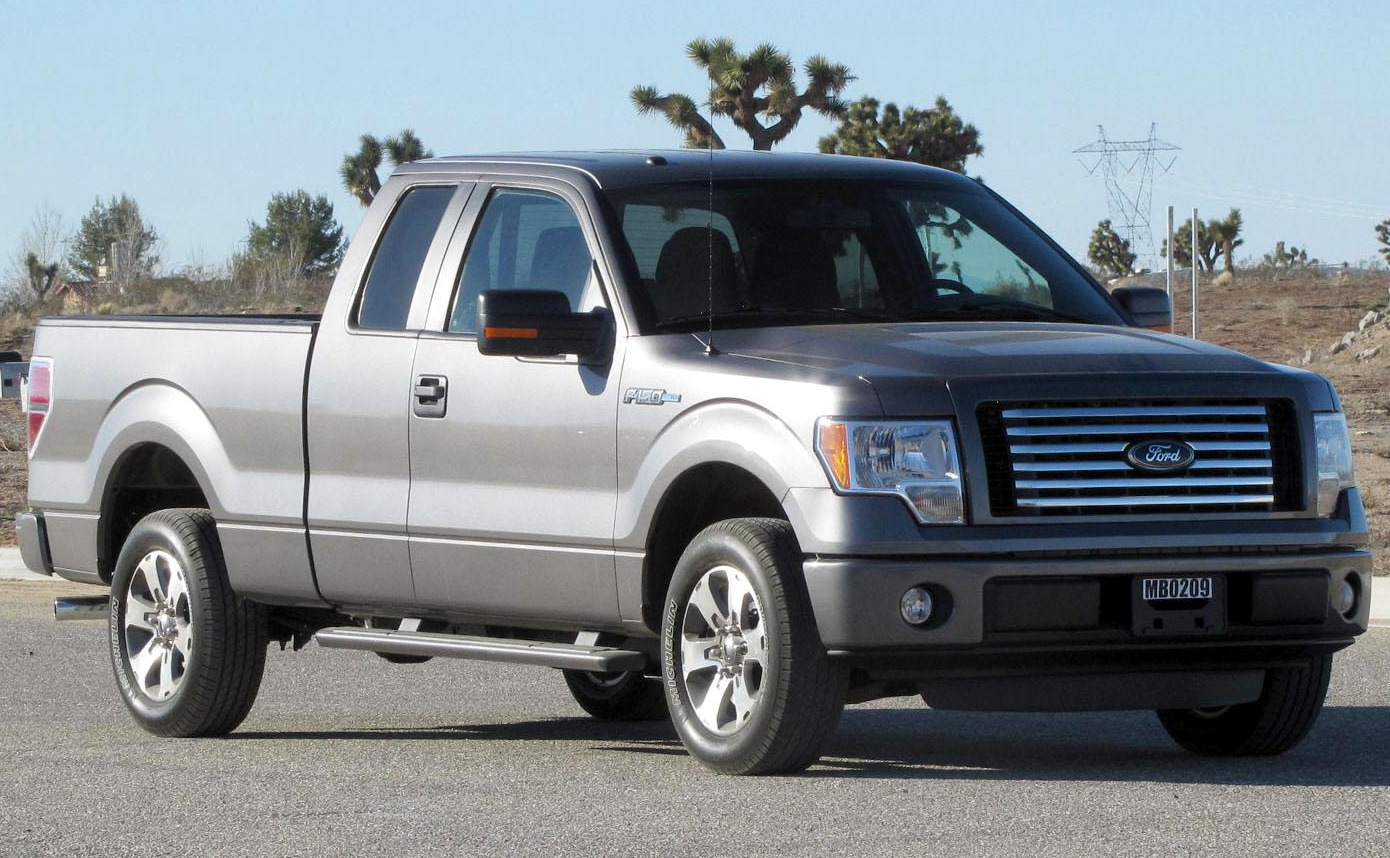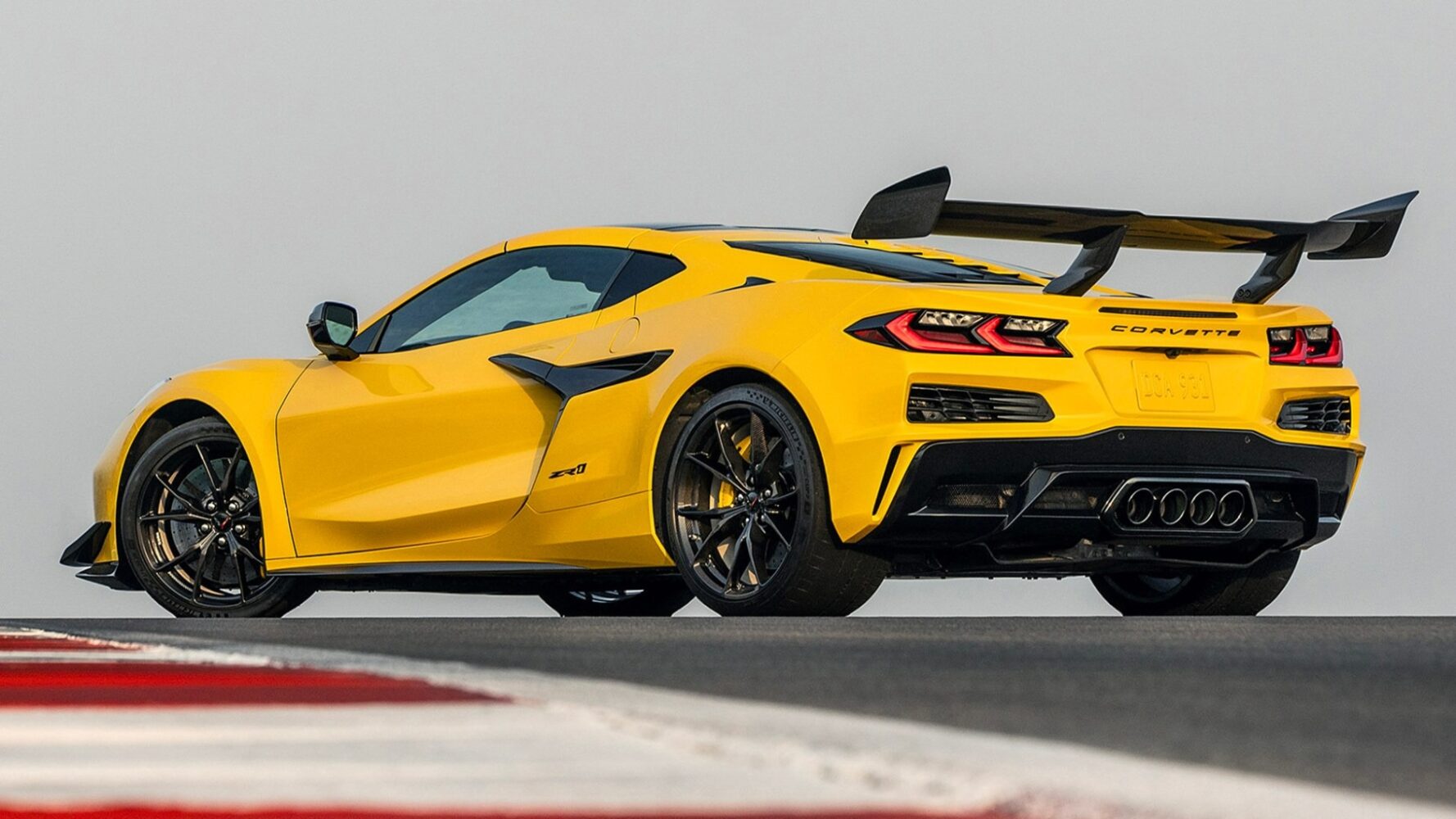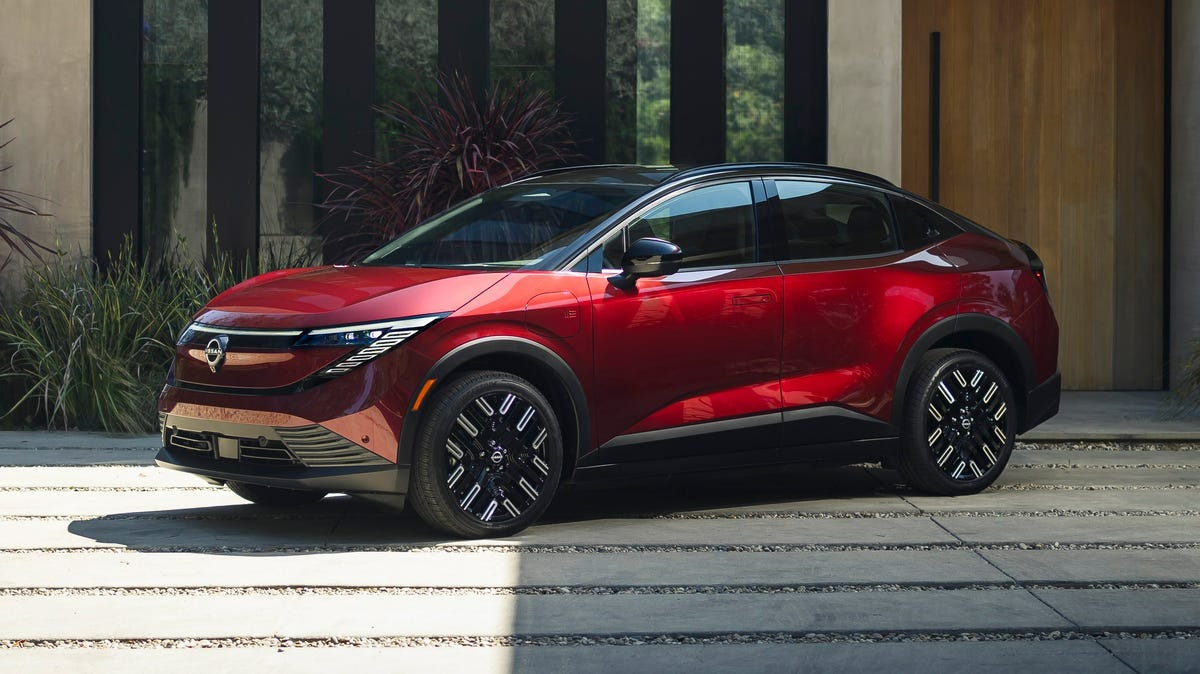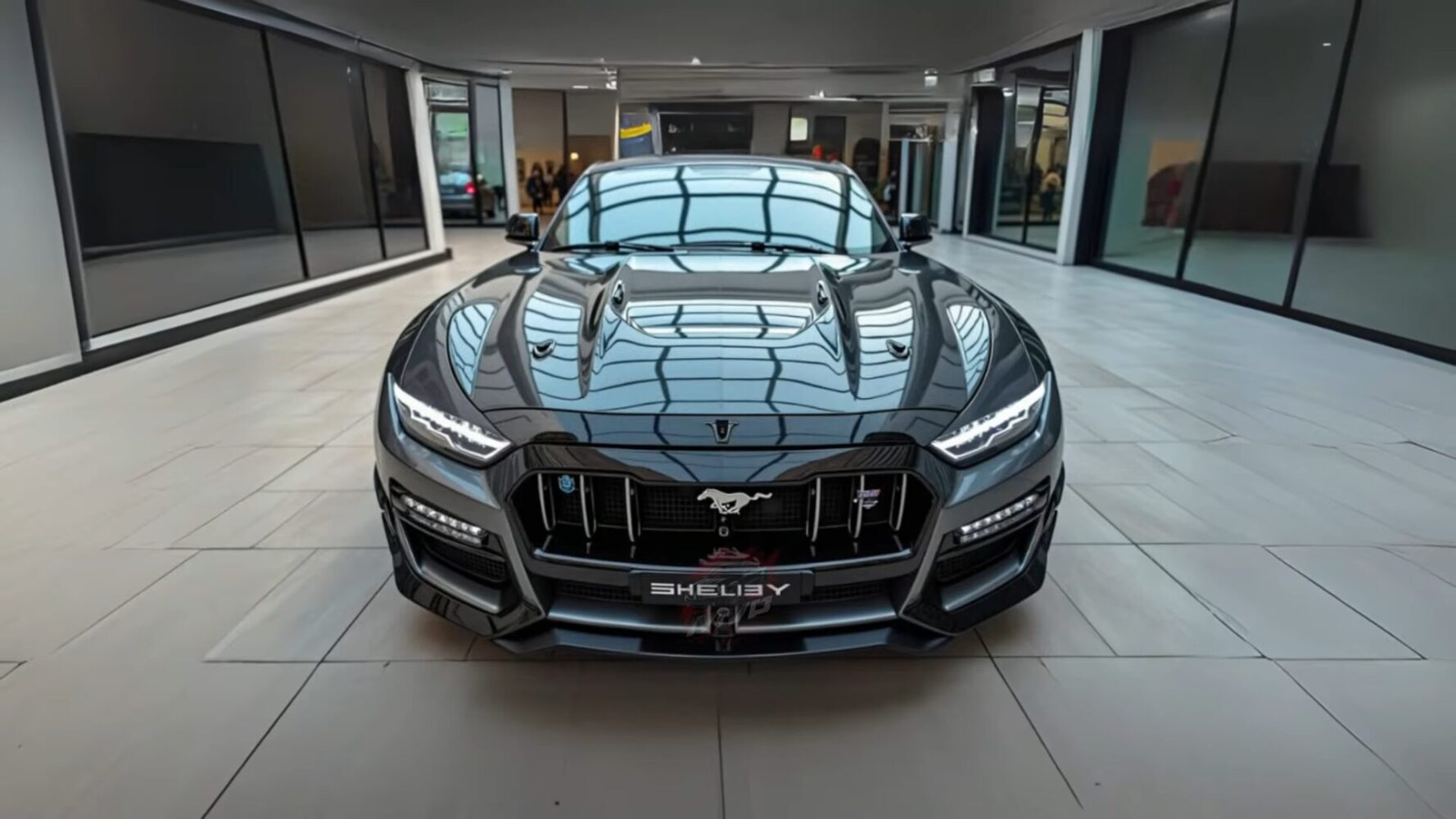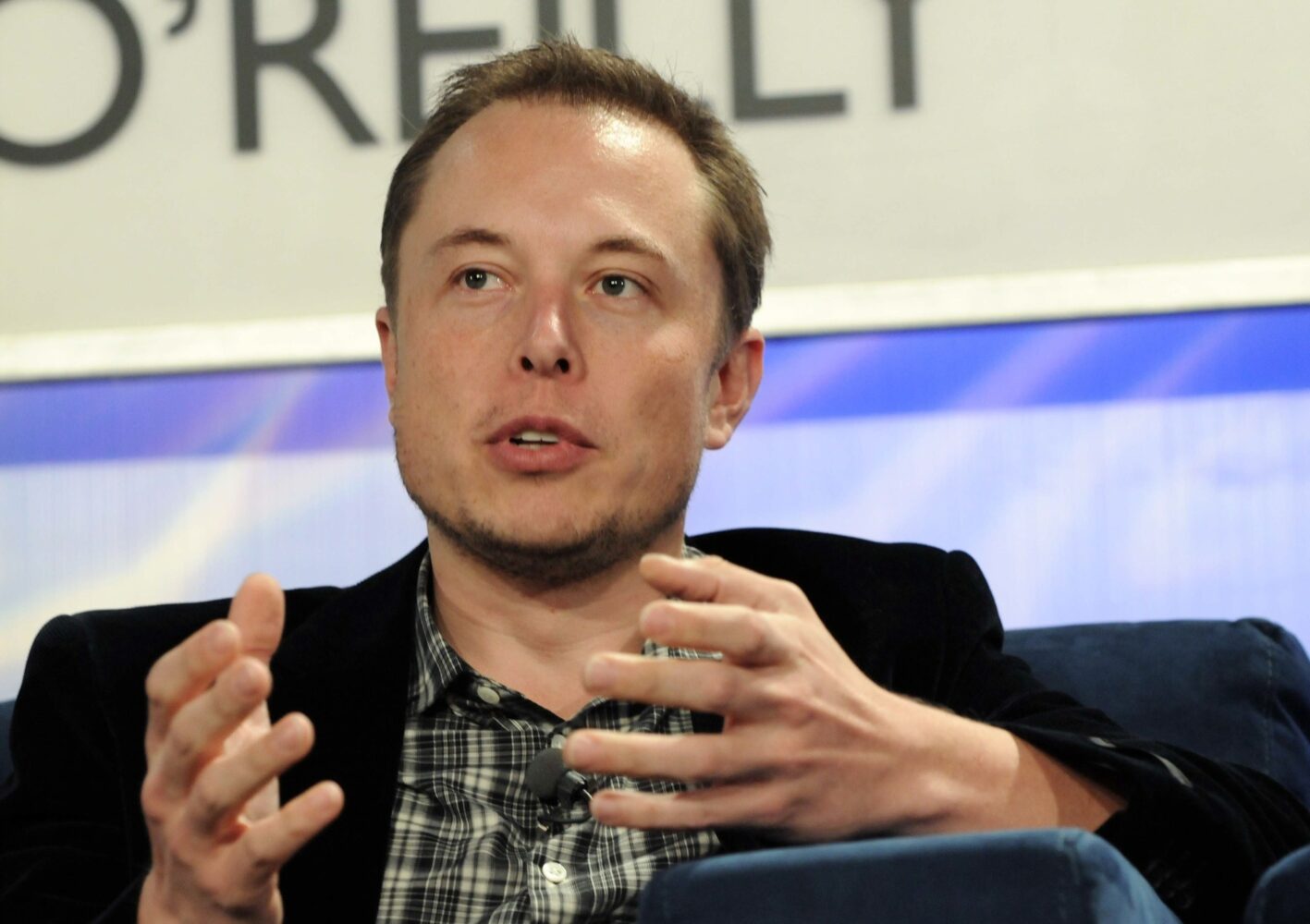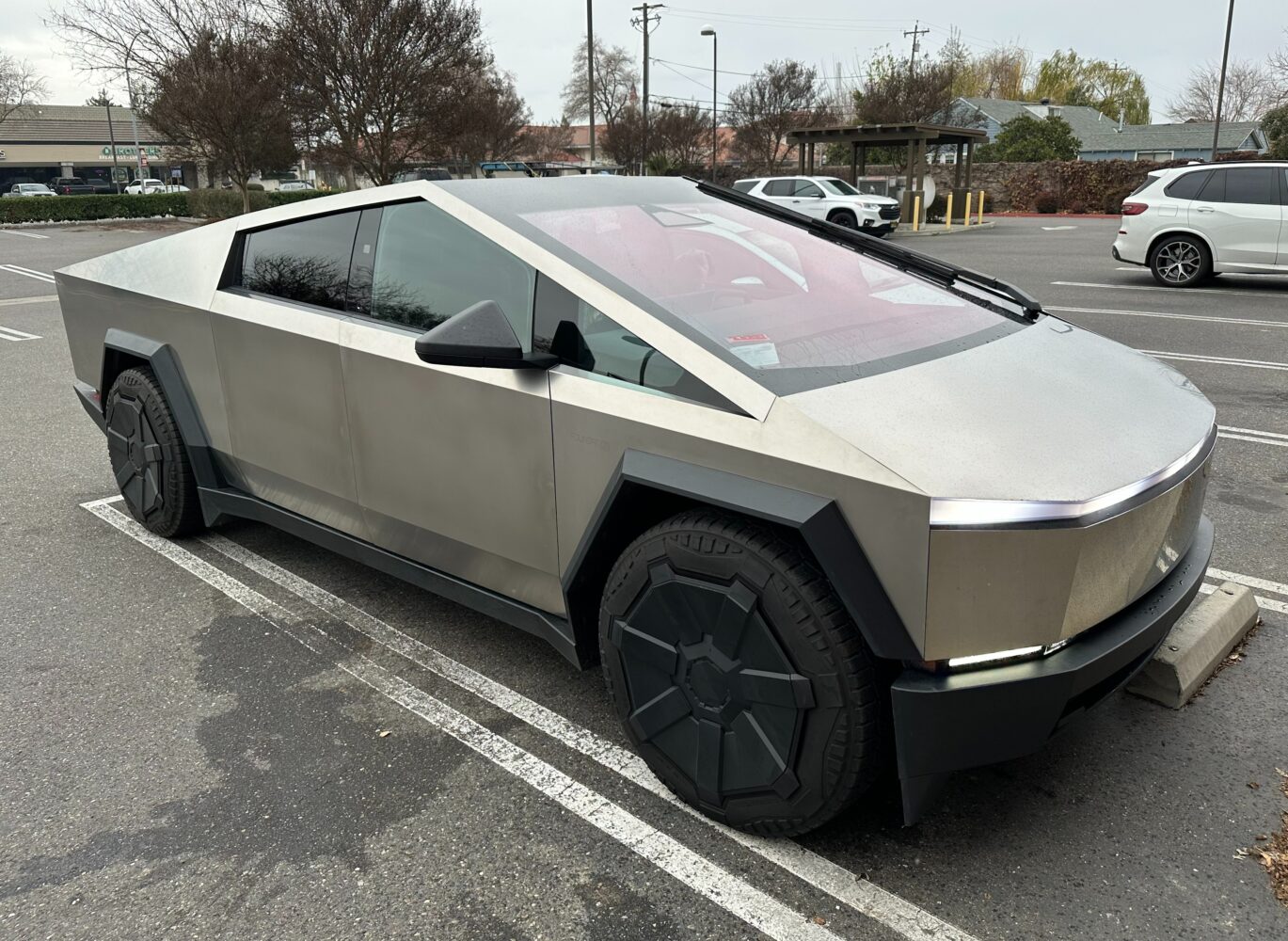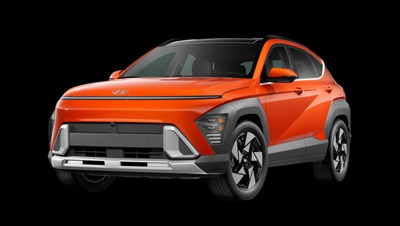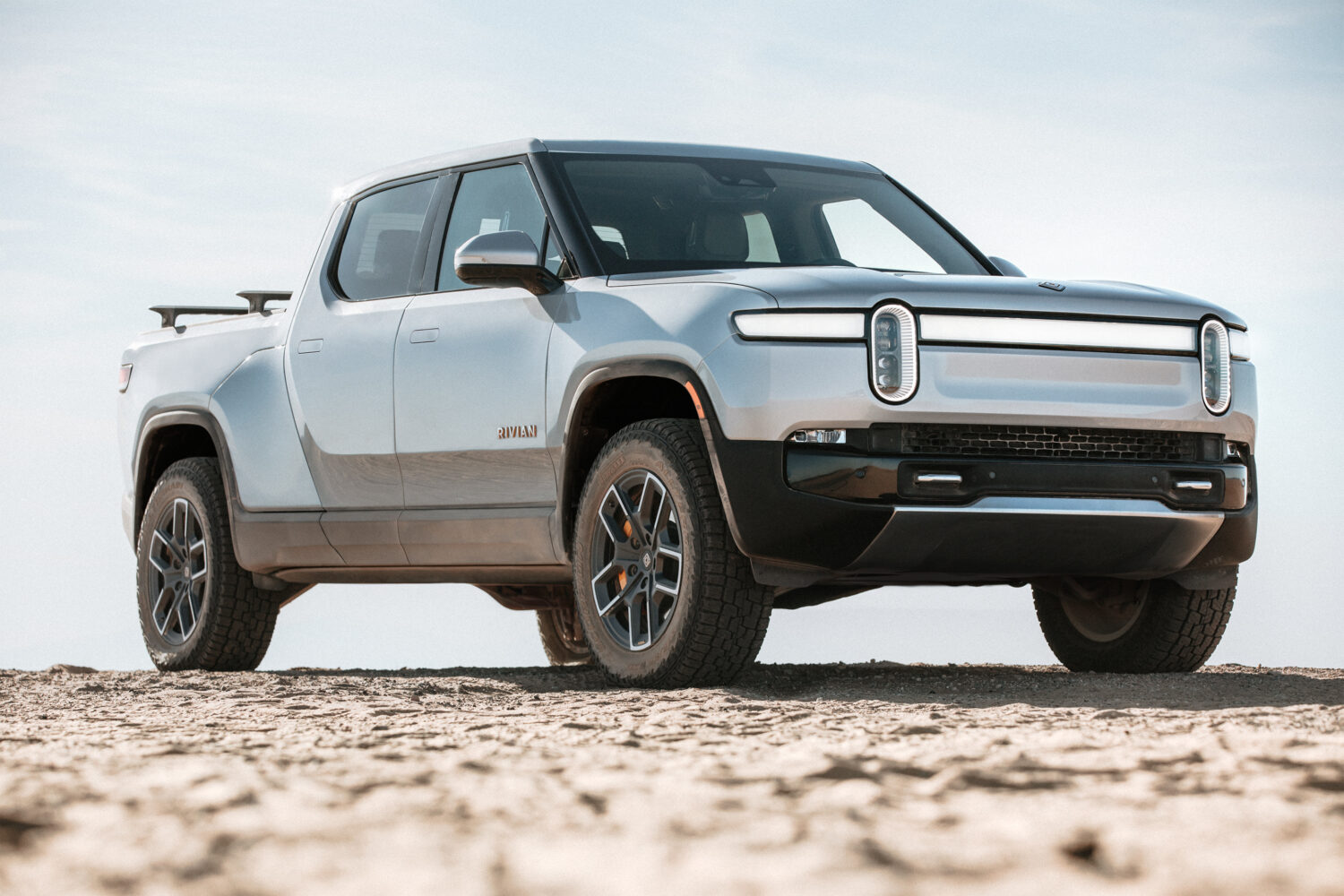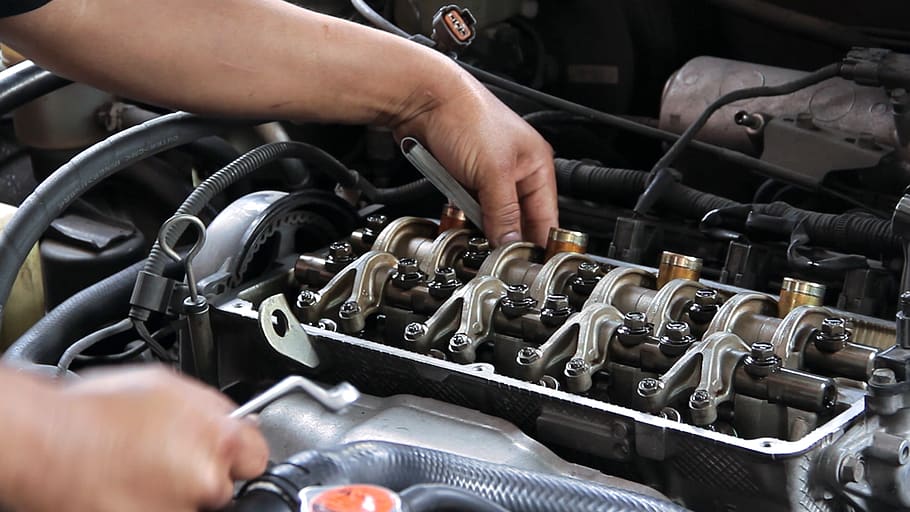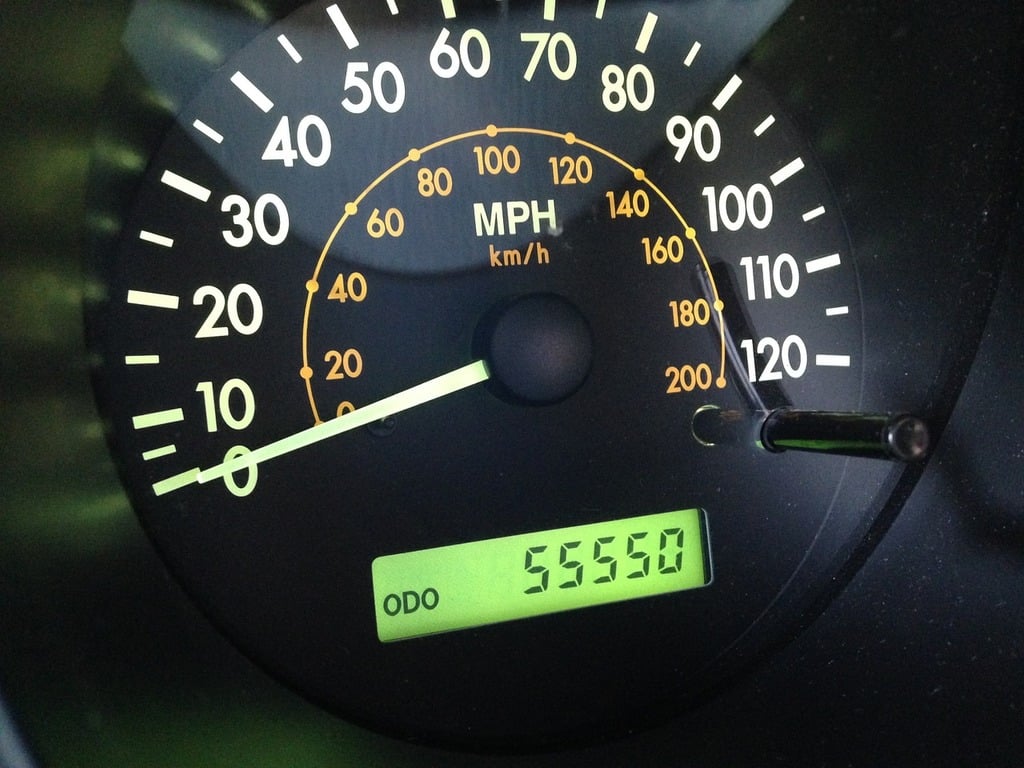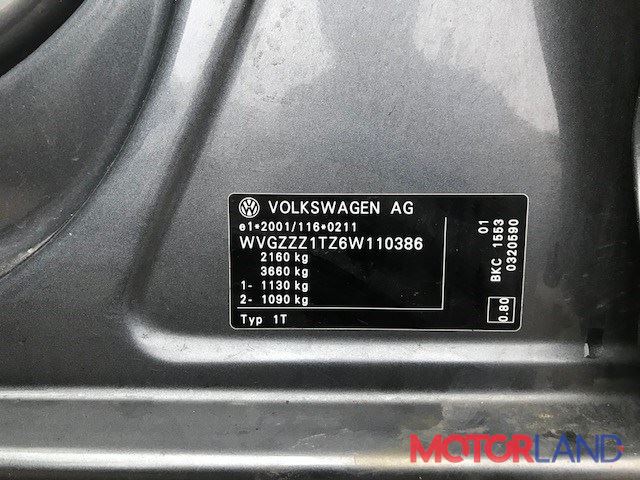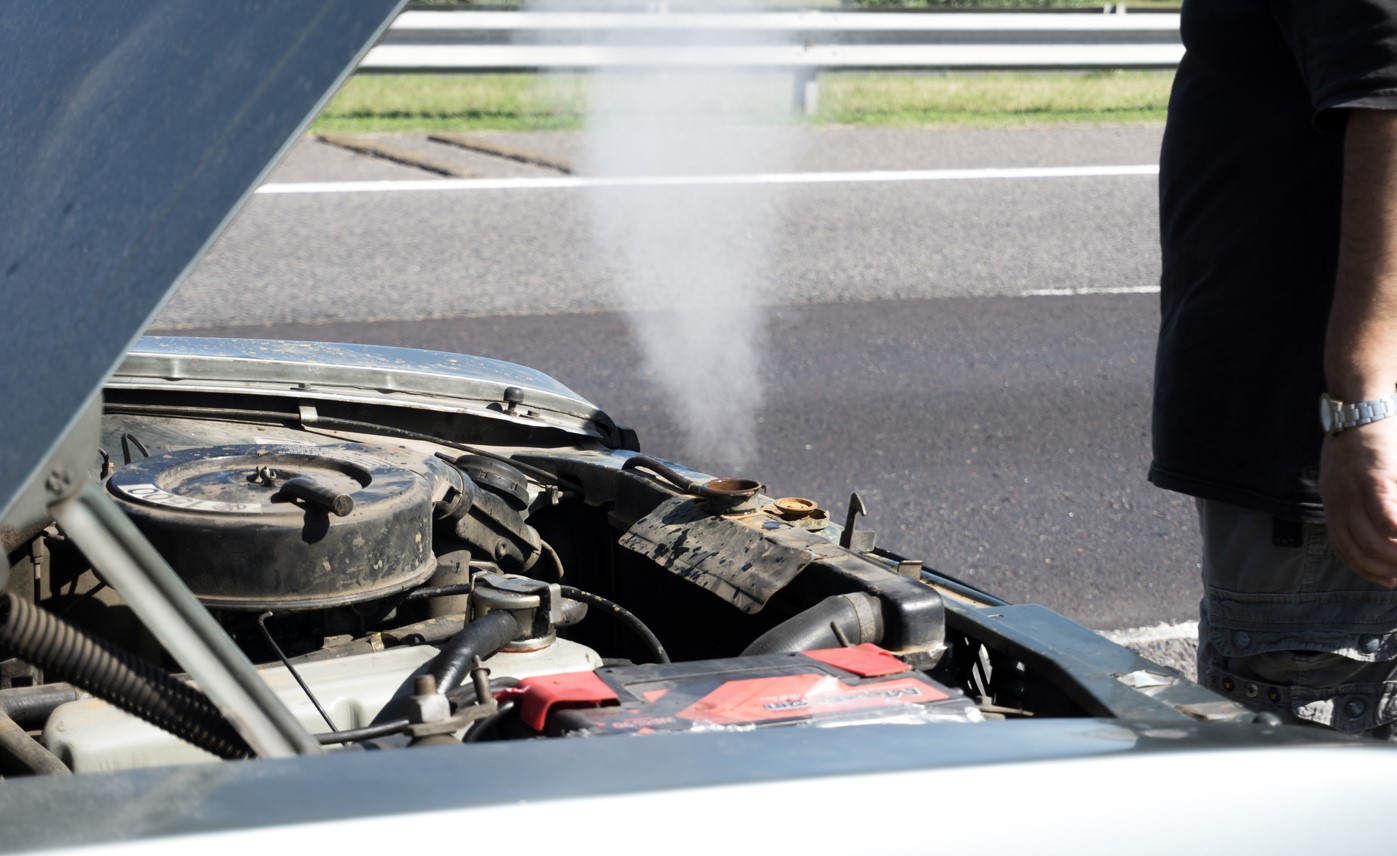Let’s face it, car trouble always seems to strike at the worst possible moment. And when your battery’s dead, the first thought that pops into many heads is: “Can I just push start it like in the movies?” But what if you drive an automatic? The answer isn’t as straightforward as you might think. This article will dive deep into the mechanics, myths, and realities of push-starting an automatic car, giving you the knowledge you need to handle a sticky situation. We’ll address the common questions and misconceptions, and equip you with practical insights to get you rolling (or at least understand why you can’t!).
Key Takeaways:
- Push-starting an automatic car is generally not possible due to the design of the transmission.
- Attempting to push-start an automatic can potentially damage the transmission.
- Understanding the difference between automatic and manual transmissions is crucial.
- Alternative solutions for a dead battery are readily available and safer.
Understanding the Basics of Why You Can’t Push Start an Automatic
Let’s break down why push-starting an automatic is a no-go. The key difference lies in the transmission. A manual transmission uses a direct mechanical linkage between the engine and the wheels. When you push-start a manual car, you’re essentially using the momentum of the car to force the engine to turn over, engaging the clutch at the right moment to (hopefully) start the engine.
An automatic transmission, on the other hand, relies on a torque converter. This fluid coupling allows the engine to run independently of the wheels. There’s no direct mechanical connection that can be forced to turn the engine over by pushing the car. Think of it like trying to spin a water wheel by blowing on it – you might get a little movement, but not enough to generate real power.
Importance and Implications
Understanding why you can’t push-start an automatic is important for a few reasons. First, it prevents you from wasting time and energy on a futile effort. Second, and more importantly, it prevents potential damage to your transmission. Forcing an automatic transmission to do something it’s not designed for can lead to costly repairs. Knowing this limitation allows you to focus on more effective solutions when faced with a dead battery.
Practical Applications or Strategies
So, what can you do if your automatic car won’t start? Here are a few practical alternatives:
- Jump Start: The most common and reliable solution. Use jumper cables to connect your battery to a functioning car’s battery. Follow the instructions carefully to avoid electrical damage.
- Portable Jump Starter: A handy device that provides a boost without needing another car. Keep one in your trunk for emergencies.
- Call for Roadside Assistance: Services like AAA or your insurance company offer roadside assistance, including jump starts and towing.
- Battery Replacement: If your battery is old or consistently failing, it’s time for a replacement. A new battery is a worthwhile investment for peace of mind.
Pitfalls to Avoid:
- Don’t try to force the issue: Repeated attempts to push-start an automatic will not work and could cause damage.
- Be careful with jumper cables: Incorrectly connecting jumper cables can damage your car’s electrical system.
- Don’t ignore warning signs: If your car is struggling to start or your battery is draining quickly, address the issue before it leaves you stranded.
Expert Insights
As a seasoned automotive journalist and mechanic, I’ve seen countless attempts to push-start automatics. The results are always the same: frustration and, sometimes, a hefty repair bill. The torque converter, while ingenious in its design for smooth shifting, simply isn’t built for reverse-engineering the engine’s rotation. Modern automatic transmissions are even more complex, with electronic controls and delicate components that are highly susceptible to damage from forced rotation.
Conclusion:
While the image of push-starting a car might be romanticized in movies, the reality is that it’s not a viable option for automatic vehicles. Understanding the fundamental differences between automatic and manual transmissions is key to avoiding wasted effort and potential damage. Instead, focus on practical solutions like jump-starting, portable jump starters, or roadside assistance. Keep your battery in good condition, and you’ll be less likely to find yourself in a situation where you need to push-start your car in the first place.
Frequently Asked Questions:
What is how to push start a car automatic?
Push-starting an automatic car refers to the (usually futile) attempt to start a car with an automatic transmission by pushing it to gain momentum and then engaging the transmission to force the engine to turn over.
Why is how to push start a car automatic important for Everyone?
It’s important to know that you can’t push-start an automatic car to avoid wasting time and potentially damaging your transmission. Knowing this limitation allows you to focus on more effective solutions when faced with a dead battery.
How can I apply the concepts of how to push start a car automatic in my context?
Since you can’t push-start an automatic, focus on preventative maintenance (battery checks) and alternative solutions like jump-starting or roadside assistance.
Where can I learn more about how to push start a car automatic?
While there’s not much to learn about how to push-start an automatic (because you can’t!), you can research the differences between automatic and manual transmissions, learn about battery maintenance, and familiarize yourself with jump-starting procedures. Online automotive forums and repair manuals are good resources.


